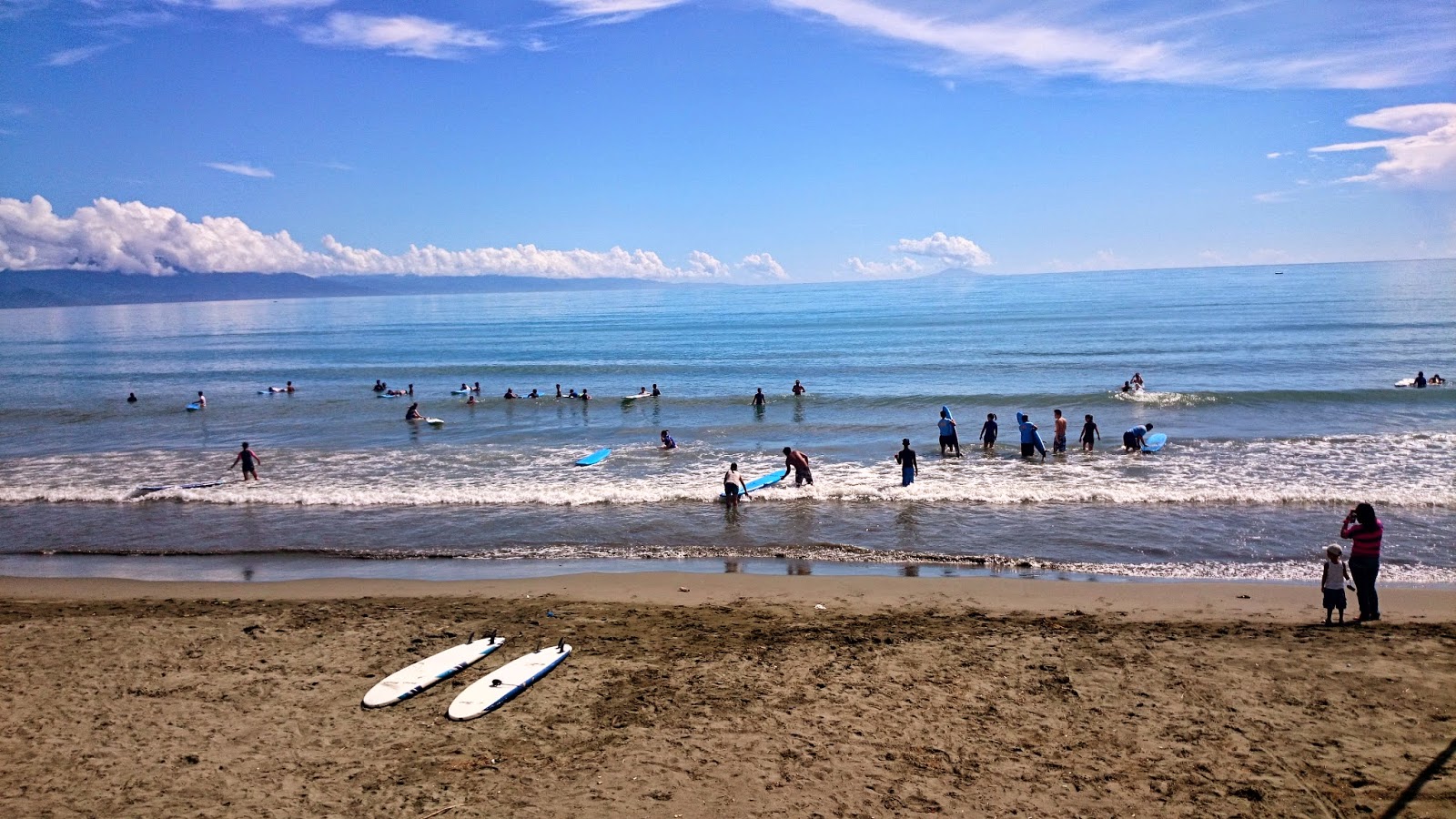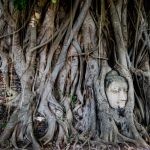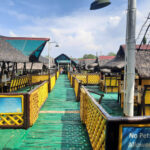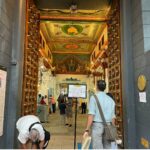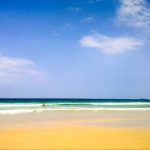2017 was the year of Baler, Aurora.
Last year, the once sedate province made several headlines, thanks to a movie and a string of events. A beauty pageant kickstarted Baler’s exciting year, followed by the release of Salvador Calvo’s “1898, los ultimos de Filipinas,” which chronicles the siege of Baler.
Finally, a number of surfing contests, organized by both locals and renowned sports brands, took place in the province. These events finished off the fortuitous year.
It is not difficult to see why tourists and locals were drawn to the waters of Baler, Aurora. Deemed as the birthplace of the Philippines’ surf culture, Baler is blessed with benevolent swells that easily coax one into its cool depths.
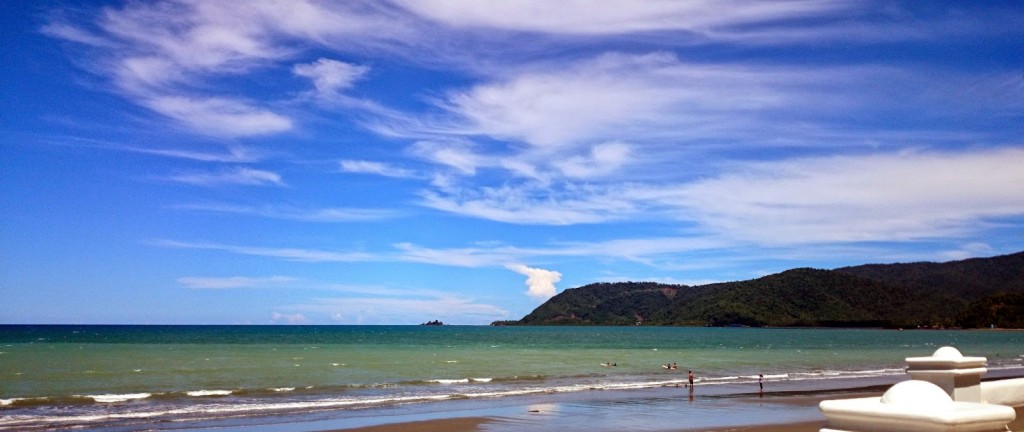
Thanks to the crew of Apocalypse Now, Baler locals found a way to transform their small fishing town into one of the country’s most sought after Philippines travel destinations.
What did the film crew do that was so profound to the future and island culture of Baler? Apparently, it was as simple as leaving a surfboard behind.
Edwin Namoro and Raul Tolentino, the first Filipino surfers, learned the sport in 1979. According to Namoro’s interview with Vibes.tv, he and his friend would hang out on the set of “Apocalypse Now,” looking on as the film crew went on with their busy day.
When shooting wrapped up, the crew left behind a surfboard.
Namoro and company taught themselves how to use the surfboard then passed on the newfound skill to their peers. Word got out and tourists started turning up on the site, which became known as Charlie’s Point.
Charlie’s Point, also the name of Namoro’s hostel and surf camp, is where the Aguang River and the Philippine Sea in Barangay Reserva merge. Also known as “Kagewad,” Charlie’s Point is within a walking distance from Sabang Beach.
The waves are absolutely beginner-friendly and those intrigued by it can easily enlist the help of the surfing instructors in the area. P300.00 (around $7) gets a person an hour of surf lesson.
The same waters provide generously for the communities, which means seafood choices are aplenty for hungry travelers. Because the seafood is extremely fresh, it also tends to stay that way longer even when left at room temperature.
And if you get a little full, you can always surf it off. Get lost in the welcome silence as you’re cradled by a wave.
Takeaways from traveling in Baler, Aurora
It’s best to travel to Baler in the evening to avoid traffic. Take the midnight Joy Bus (Genesis bus line) and expect to arrive in Baler at around 5:00 or 6:00 in the morning. The fare costs P1,400 (roundtrip). Snacks and blankets are provided.
A P5,000 ($116) travel budget in Baler is enough for over a week (or two, if you’re extremely frugal). Food, accommodations—most, at least—and travel fare are cheap.
Good trekking, slip-resistant sandals are a must-have. They are all the more important during your hike to Ditumabo Falls, which locals refer to as Mother Falls in San Luis, Aurora.
Ran out of water? No problem. If you get thirsty on the way to the Mother Falls, there’s a spot there where you can drink fresh, potable water from the stream.
Have your breakfast at one of the eateries at the jump-off point. The first from the three group of stalls along the trail is particularly special. Sample some maruya, a kind of banana fritter, from the right stall en route to the falls, and a sinfully rich, soup dish called batchoy from the eatery at the left side of the trail.
There’s Wi-Fi at the Balete or Millenium Tree park. This is one of the first free public internet access available at a tourist spot in Baler Aurora, or the Philippines, for that matter. LTE coverage is pretty strong in the area, as well.
Featured Image by Sandy Miguel
